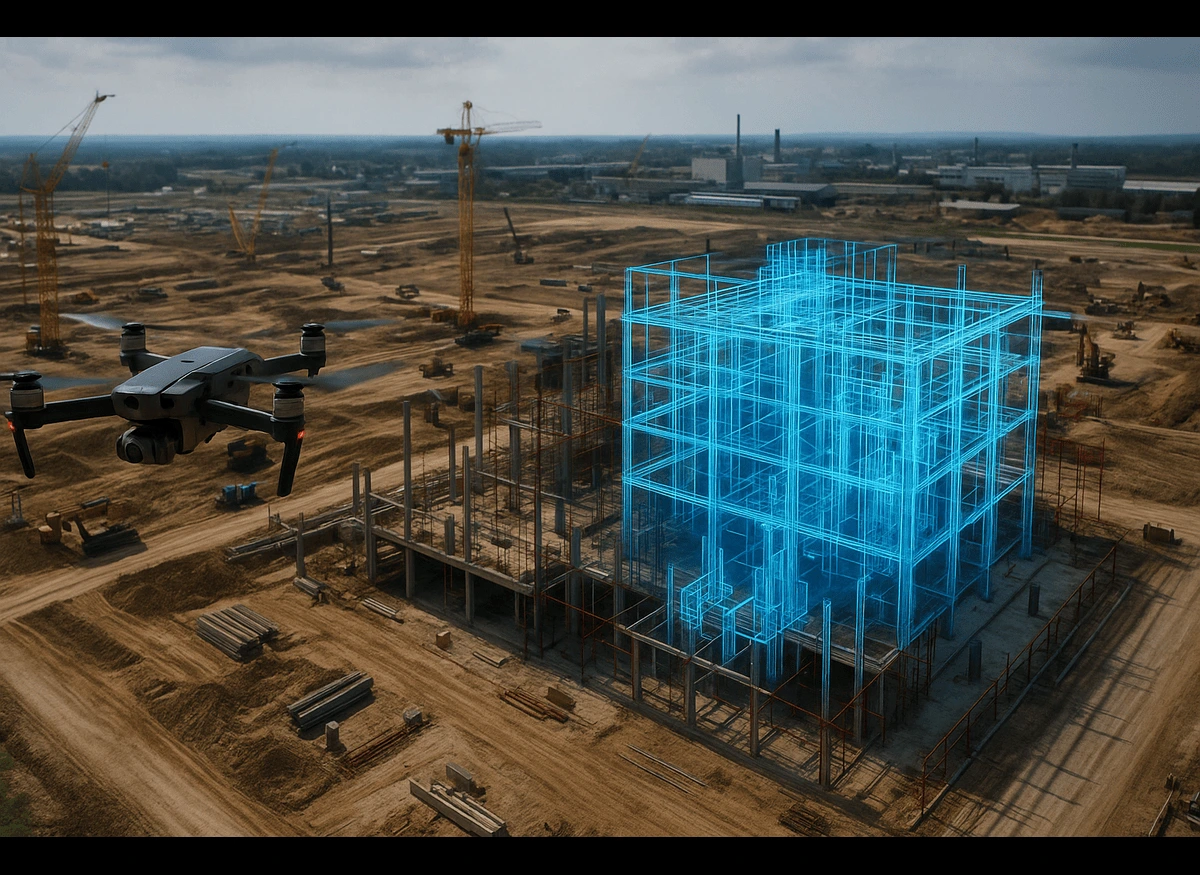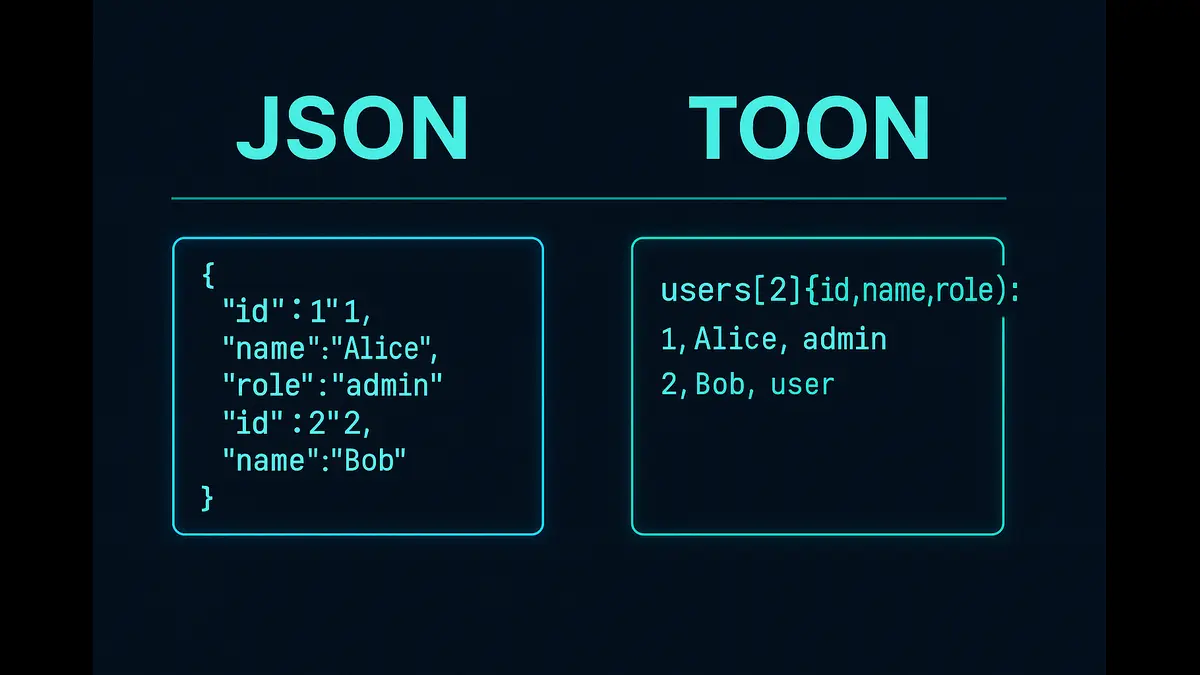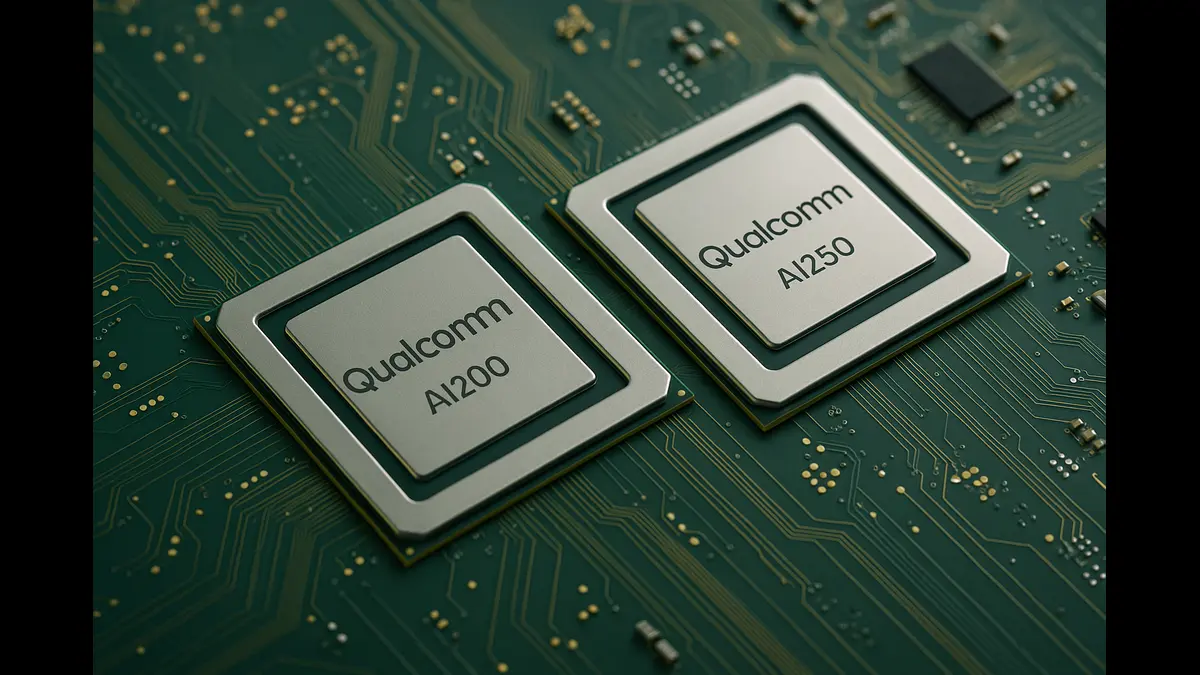
SLZ has launched, a drone-powered AR tool that integrates Building Information Modeling (BIM) and AI for real-time construction visualization. First deployed at a Korean semiconductor site, it aims to revolutionize industrial digitalization with precision, safety, and collaborationed Build AR Robotics
On June 7, 2025, SLZ unveiled Build AR Robotics, a groundbreaking drone-based augmented reality (AR) software poised to redefine industrial digitalization. This innovative technology, rooted in SLZ’s “Physical AI” framework, integrates aerial drones, Building Information Modeling (BIM) data, and real-time AR visualization to transform how large-scale construction projects are designed, monitored, and executed. As industries race to embrace digital transformation, Build AR Robotics offers a compelling solution to bridge the gap between virtual blueprints and physical realities, promising enhanced efficiency, safety, and collaboration.
A New Era of Construction Visualization
Imagine standing on a sprawling construction site, where a drone hovers above, projecting a vivid digital overlay of a future semiconductor plant onto the landscape before you. This is the power of Build AR Robotics. By leveraging aerial drones equipped with advanced sensors, the software captures real-world data and aligns it with BIM models, creating immersive AR visualizations in real time. Unlike traditional AR tools that focus on individual structures, Build AR Robotics handles entire block-scale BIM data, making it uniquely suited for complex projects like urban infrastructure, shipbuilding, and industrial plants.
The technology’s first deployment will be at a major semiconductor plant in Korea, set to break ground later in 2025. This high-stakes project underscores SLZ’s ambition to tackle mission-critical applications where precision and efficiency are paramount. By enabling on-site teams to visualize designs in context, Build AR Robotics supports critical tasks such as design validation, clash detection, and collaborative planning, reducing errors and costly rework.
The Power of Physical AI
At the heart of Build AR Robotics lies SLZ’s “Physical AI” concept, a fusion of real-world data collection, AI-driven analytics, and spatial augmentation. Drones act as the eyes of the system, gathering high-resolution environmental data, while AI processes this information to align digital models with physical spaces. The result is a seamless AR interface that empowers stakeholders—architects, engineers, and project managers—to make informed decisions on the spot.
This human-centric approach resonates deeply. Construction sites are often chaotic, with teams juggling multiple priorities under tight deadlines. Build AR Robotics simplifies this complexity, offering a shared visual language that fosters collaboration. For instance, a project manager can identify a potential design clash in real time, consult with engineers, and adjust plans before issues escalate. This not only saves time and money but also enhances safety by minimizing miscommunication.
Broad Applications, Bold Ambitions
SLZ’s vision for Build AR Robotics extends far beyond its initial deployment. The company aims to expand its application to diverse sectors, including plant construction, smart city infrastructure, ports, shipyards, and even military facilities. This versatility stems from the software’s ability to adapt to varied environments, from sprawling urban developments to intricate industrial complexes.
The technology builds on SLZ’s proven track record. Their earlier iteration, Build AR Infra v1.0, earned a prestigious First Grade GS Certification in 2024 from Korea’s Telecommunications Technology Association, validating its technical excellence. The current version, Build AR v2.0, which integrates Build AR Robotics, is under review for the same certification, signaling confidence in its robustness. Additionally, SLZ’s U.S. patent for markerless XR technology highlights their innovative edge, positioning them as a global leader in industrial AR.
Balancing Innovation and Responsibility
While Build AR Robotics promises transformative benefits, it also raises important questions about the future of work. As automation and AI reshape industries, tools like these could reduce the need for certain manual roles, such as on-site inspections. However, they also create opportunities for new jobs in drone operation, data analysis, and tech management. SLZ’s focus on human-AI collaboration suggests a commitment to balancing innovation with workforce development, ensuring that technology empowers rather than displaces.
Moreover, the software’s emphasis on safety is a reminder of its human impact. By catching design flaws early and improving site coordination, Build AR Robotics helps protect workers from preventable accidents—a priority that resonates with anyone who has witnessed the risks of construction firsthand.
SLZ’s Build AR Robotics is more than a technological leap; it’s a vision of what industrial digitalization can achieve when innovation meets practical need. As the world grapples with the demands of rapid urbanization and complex infrastructure projects, tools like these offer a path to smarter, safer, and more efficient construction. The Korea semiconductor plant project is just the beginning, a proof point for a technology with global potential.
For industry leaders, policymakers, and workers, Build AR Robotics is a call to embrace digital transformation thoughtfully. It challenges us to reimagine how we build, not just structures, but the systems and skills that will shape our future. As SLZ continues to refine and expand this technology, one thing is clear: the construction industry will never look the same again.
Read Also: Future of Work: AI-Powered Virtual Employees Are Here — But Are We Ready?
Discover more from Poniak Times
Subscribe to get the latest posts sent to your email.






